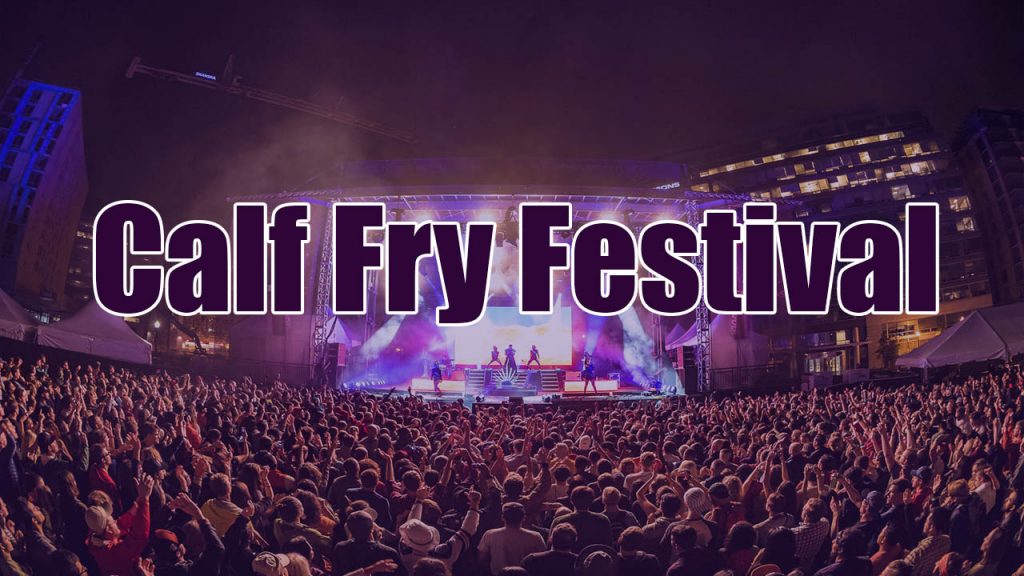Have you ever stood in a seemingly endless lineup and wondered, “How long is this going to take?” Understanding the dynamics of queues, whether at a theme park, grocery store, or airport security, can provide valuable insights into managing your time efficiently. In this blog, we will delve into the intricacies of lineups and explore the factors that influence their speed. From the number of people ahead of you to the efficiency of the service, various elements play a role in determining how long the wait will be. Let’s unravel the mysteries of lineups together and uncover strategies to navigate them like a pro.
Understanding the Factors Affecting Lineup Duration
When analyzing how long does a lineup take, it’s essential to consider the various factors that can influence the duration of waiting in line. Understanding these factors can help businesses optimize their processes and enhance customer satisfaction.
Peak Hours and Demand
One of the key factors affecting lineup duration is the peak hours and demand for the service or product. During peak times, such as lunch hours or weekends, lineups tend to be longer due to the higher influx of customers. Businesses can consider implementing strategies like peak time pricing or offering discounts during off-peak hours to mitigate this issue.
Moreover, employing additional staff members during peak times can help in reducing the wait time for customers.
Efficiency of Service
The efficiency of service plays a significant role in determining lineup duration. Businesses that have streamlined processes and well-trained staff can serve customers more quickly, thereby reducing waiting times. Implementing technology solutions like self-service kiosks or online ordering systems can also expedite the service process.
Physical Layout and Queue Management
The physical layout of the business establishment and its queue management system can impact how long a lineup takes. A poorly designed layout or inefficient queue management can lead to confusion and congestion, resulting in longer wait times for customers.
Businesses can optimize their layout by strategically placing signage, utilizing electronic queue management systems, or implementing a digital ticketing system to enhance the customer experience.

Insights from Customer Behavior Studies
Understanding customer behavior is crucial in deciphering how long a lineup really takes. Customer behavior studies provide valuable insights that can help businesses streamline their processes and improve customer satisfaction. By analyzing customer interactions and decision-making patterns, businesses can gain a deeper understanding of the factors influencing lineup times.
The Impact of Service Speed on Customer Behavior
Research has shown that the speed of service directly affects customer behavior in lineups. Customers are more likely to abandon a lineup if they perceive the service to be slow or inefficient. Businesses need to prioritize optimizing service speed to prevent customer frustration and potential loss of sales.
Moreover, efficient service can lead to increased customer loyalty and positive word-of-mouth recommendations, contributing to long-term business success.
Utilizing Technology to Enhance Customer Experience
Incorporating technology solutions such as self-service kiosks and mobile ordering apps can significantly reduce lineup times and improve overall customer experience. By leveraging technology, businesses can automate certain processes, minimize wait times, and enhance efficiency.
- Self-service kiosks empower customers to place orders independently, reducing the need for manual transactions and expediting service.
- Mobile ordering apps enable customers to pre-order items, skip the lineup, and pick up their purchases quickly, providing a seamless and convenient shopping experience.
Impact of Technology on Lineup Speed
Technology has revolutionized the way we experience lineups in various settings, from retail stores to amusement parks. The integration of technology has significantly reduced the time spent waiting in line, improving overall customer satisfaction and operational efficiency.
Automated Checkouts
One way technology has impacted lineup speed is through the implementation of automated checkouts. Self-service kiosks and mobile payment options have streamlined the payment process, allowing customers to make transactions quickly and efficiently.
Queue Management Systems
Queue management systems use algorithms to optimize the flow of customers in a lineup. By analyzing real-time data, these systems can predict wait times and adjust queue configurations to minimize delays, ensuring a smoother experience for patrons.
Virtual Queues
Virtual queueing apps allow customers to join a lineup remotely and receive notifications when it’s their turn to be served. This eliminates the need for physical lineups, reducing congestion and wait times in busy establishments.
Strategies to Reduce Waiting Time
One of the key aspects of optimizing lineups is determining how long does a lineup take. Once you have this information, you can implement various strategies to reduce waiting time and enhance customer experience.
Efficient Staffing
Optimizing the number of staff members in service areas can significantly reduce waiting time. Ensure that enough employees are present during peak hours to handle the influx of customers efficiently.
Consider implementing cross-training programs to allow staff to flexibly move between different roles based on demand, ensuring optimal utilization at all times.
Smart Queue Management
Introduce a virtual queue system that allows customers to join the line remotely, minimizing physical waiting time. Utilize technology like queue management software to streamline the process and provide real-time updates to customers.
- Implement self-service kiosks to help customers complete tasks independently, reducing dependency on frontline staff and speeding up the overall process.
- Utilize appointments or scheduled pickups to allocate specific times for customers, minimizing wait times and enhancing efficiency.
Frequently Asked Questions
- What factors can impact the length of a lineup?
- Several factors can impact how long a lineup takes, including the number of people in the lineup, the efficiency of the service, any technical issues, and the complexity of the transactions being processed.
- How can businesses optimize their lineups to reduce wait times?
- Businesses can optimize their lineups by implementing technologies such as self-service kiosks, mobile apps for booking appointments, efficient staff allocation, and clear signage to streamline the process.
- Are there industry benchmarks for lineups?
- Yes, several industries have established benchmarks for acceptable wait times in lineups. These benchmarks help businesses assess and improve their lineup management strategies.
- What role does customer behavior play in lineup lengths?
- Customer behavior, such as indecisiveness, complex inquiries, or payment delays, can significantly impact lineup lengths. Businesses need to understand customer behavior patterns to better manage lineups.
Unlocking the Mystery: Why Lineups Take Longer Than You Think
In conclusion, the time it takes to go through a lineup is influenced by various factors such as the number of people, efficiency of the process, and individual behaviors. By understanding these elements, we can better navigate lineups and make informed decisions to reduce waiting time.
Remember, planning ahead, staying patient, and utilizing technology can all significantly impact how long you spend in a lineup. Whether it’s at a theme park, supermarket, or airport, being mindful of these tips can help streamline your experience and make waiting in line less daunting.
So, next time you find yourself in a queue, keep these insights in mind and see how you can crack the code to minimize the time spent waiting. By implementing some strategic approaches, you might find that the clock ticks faster than you think!




